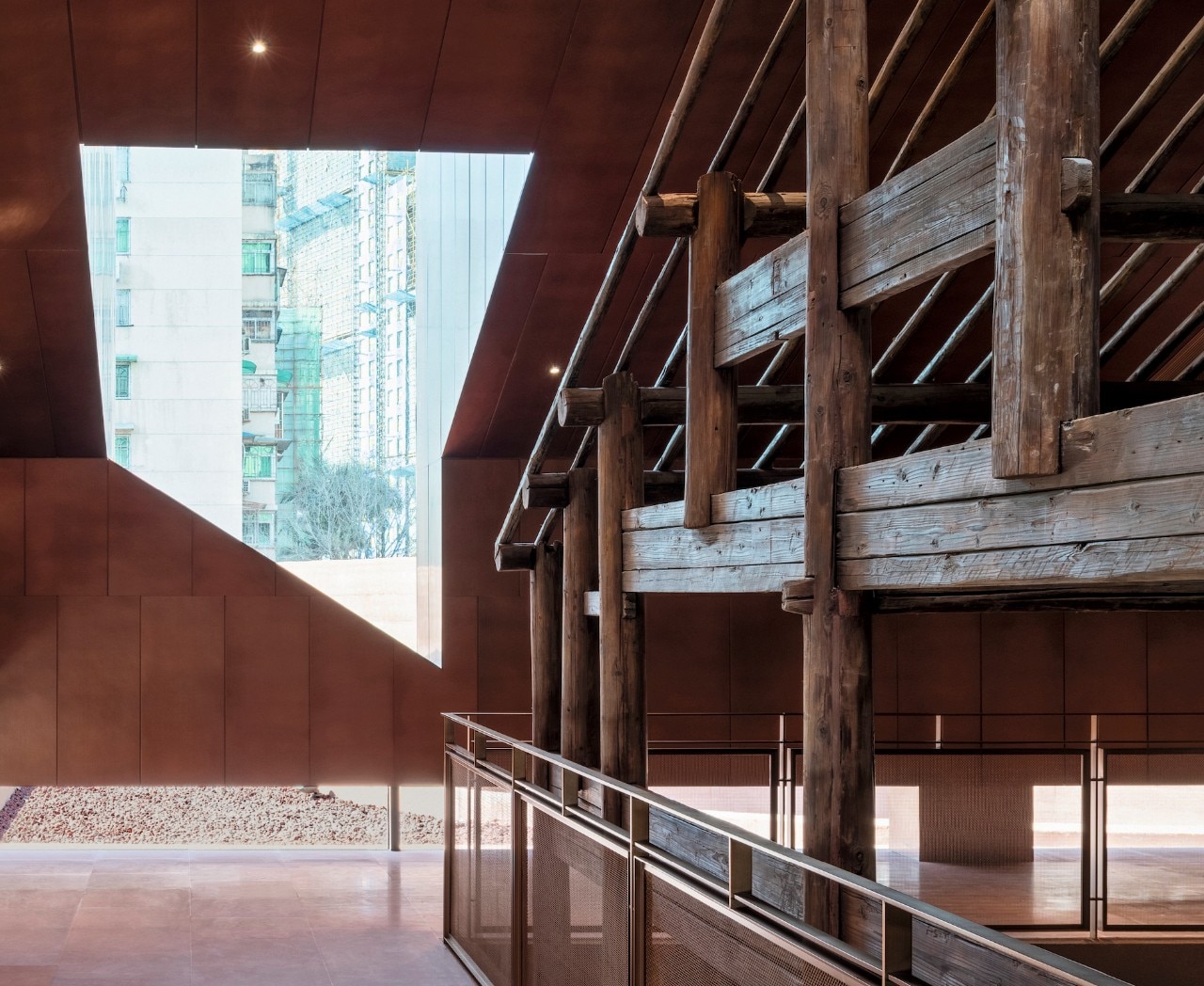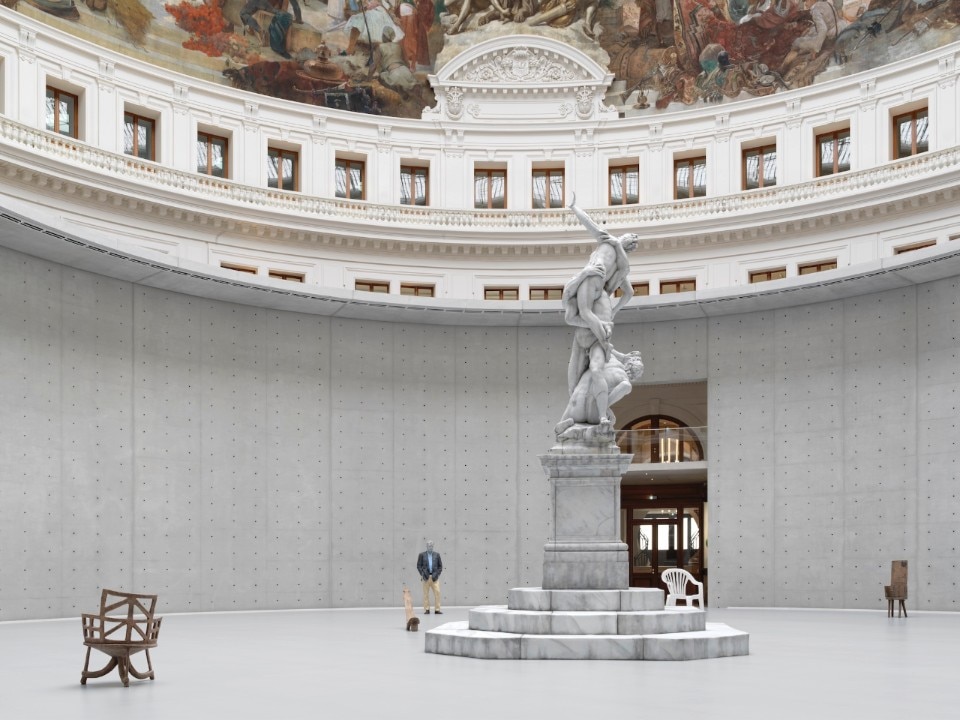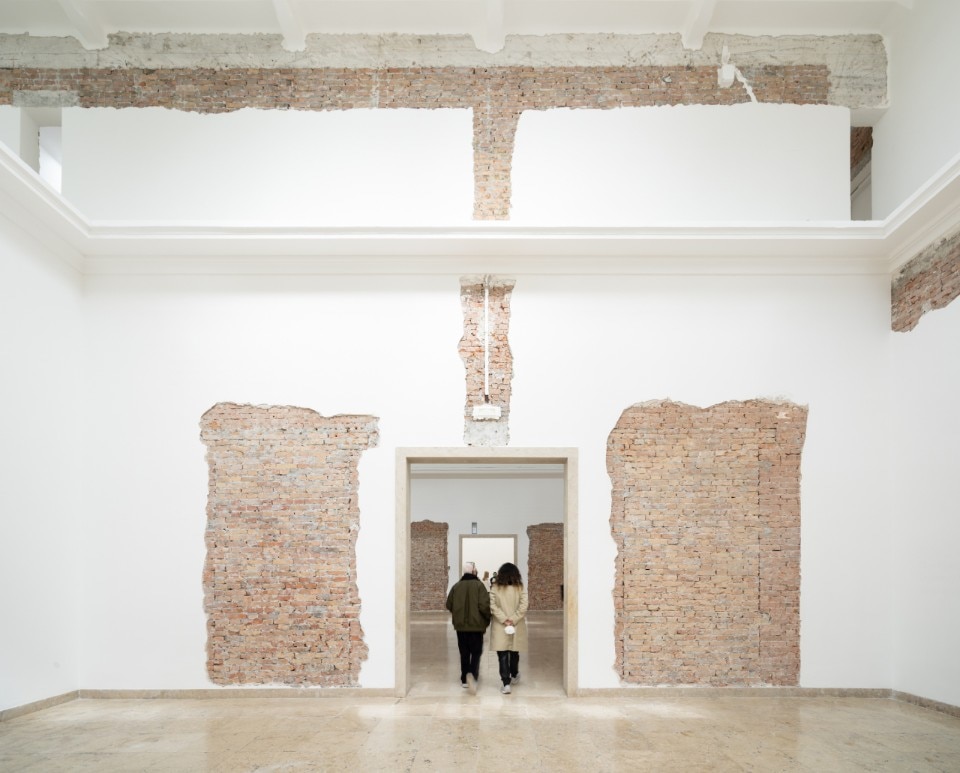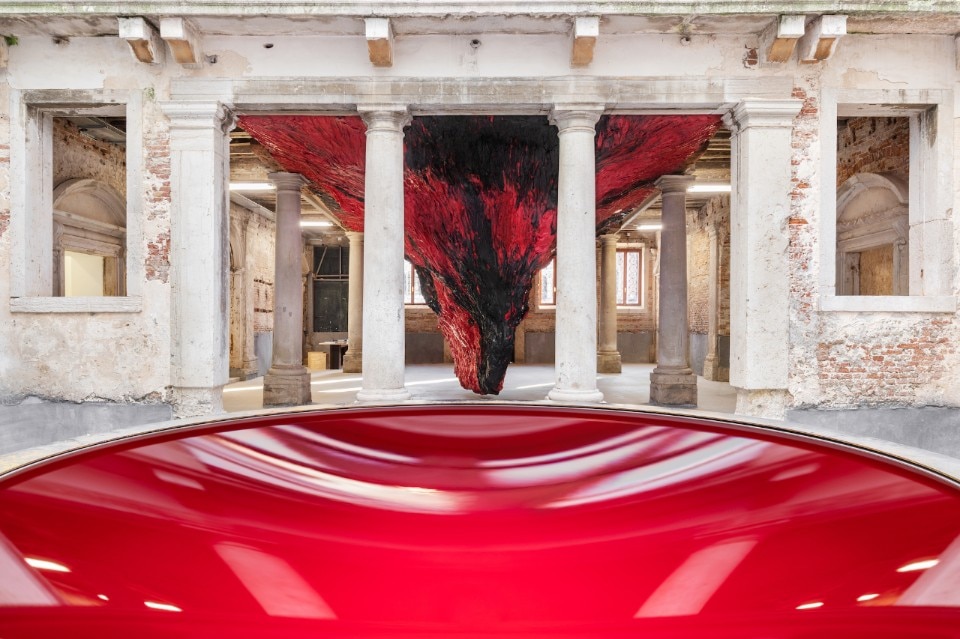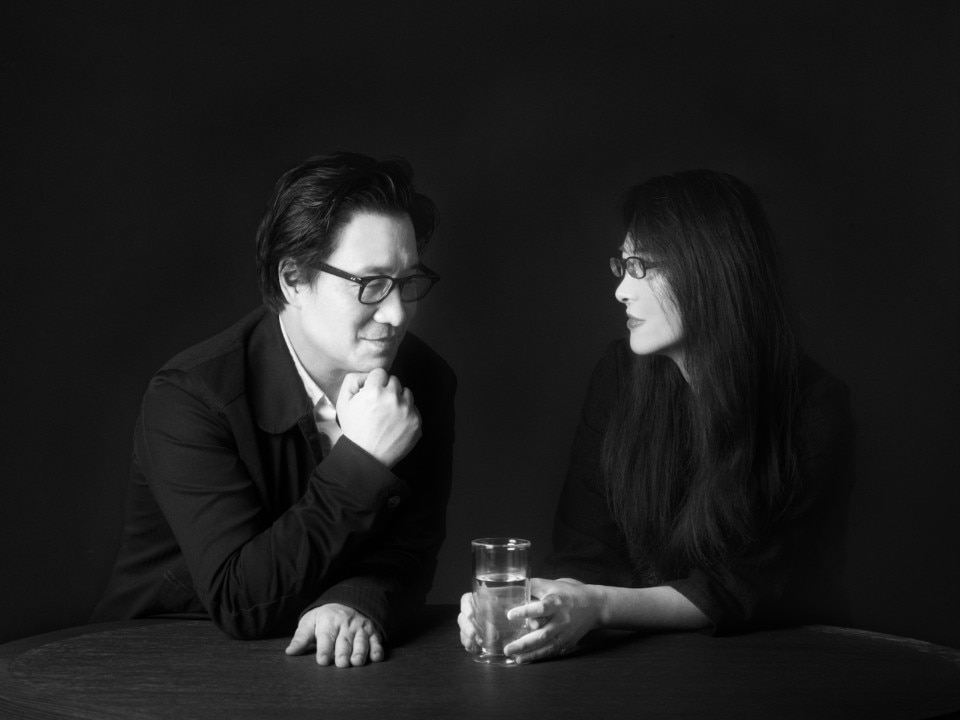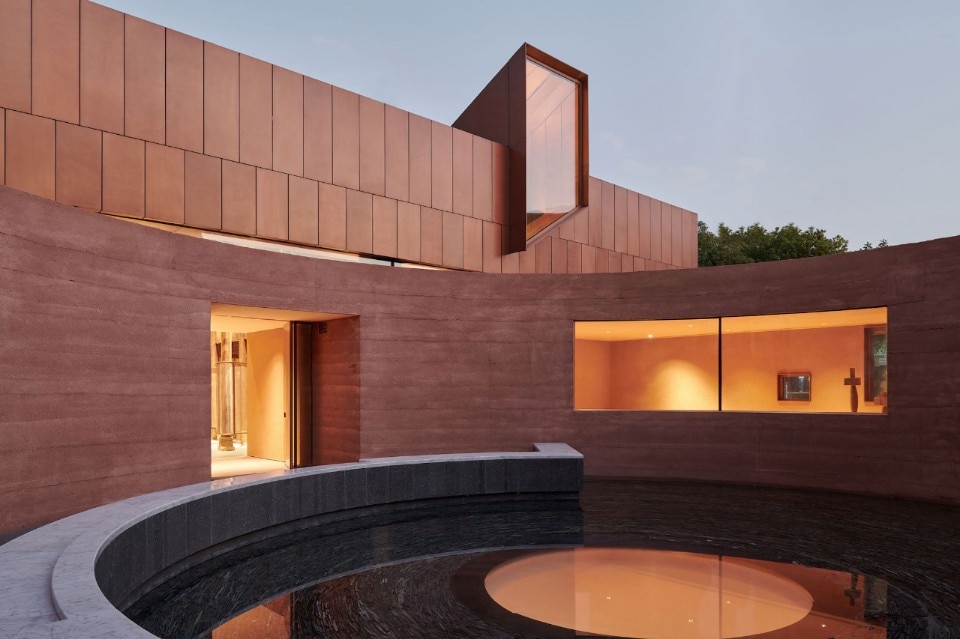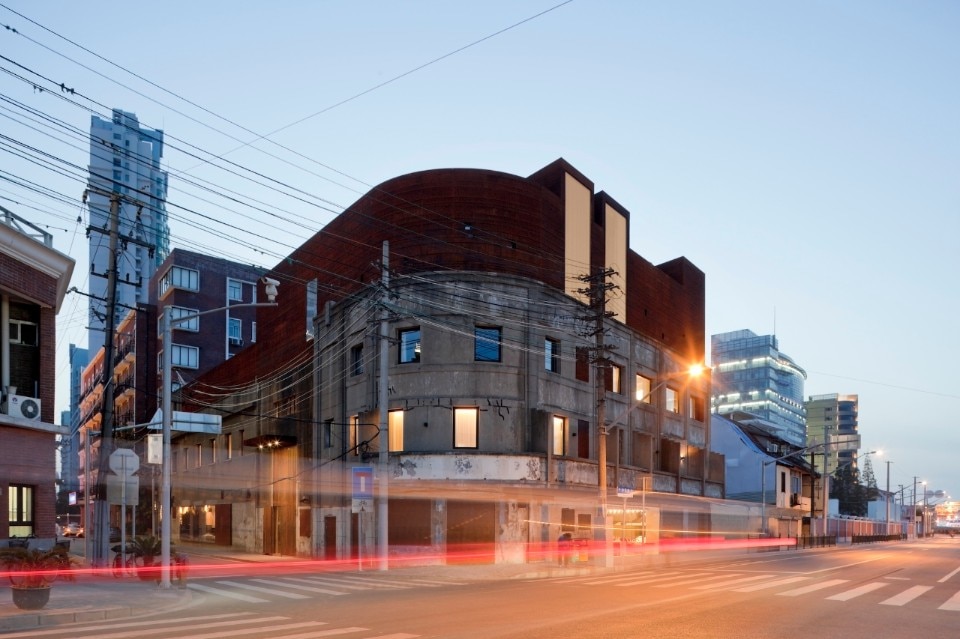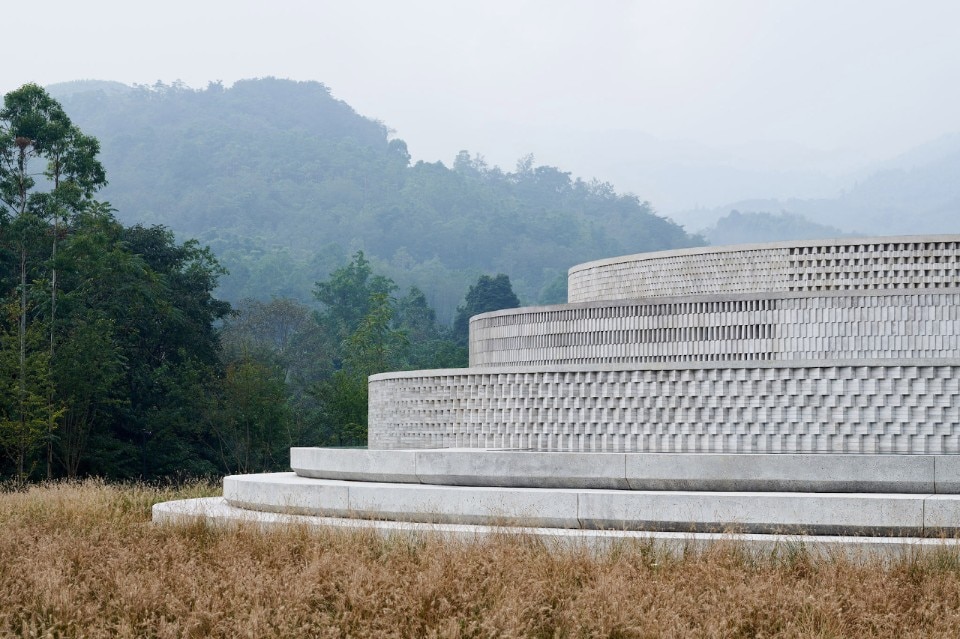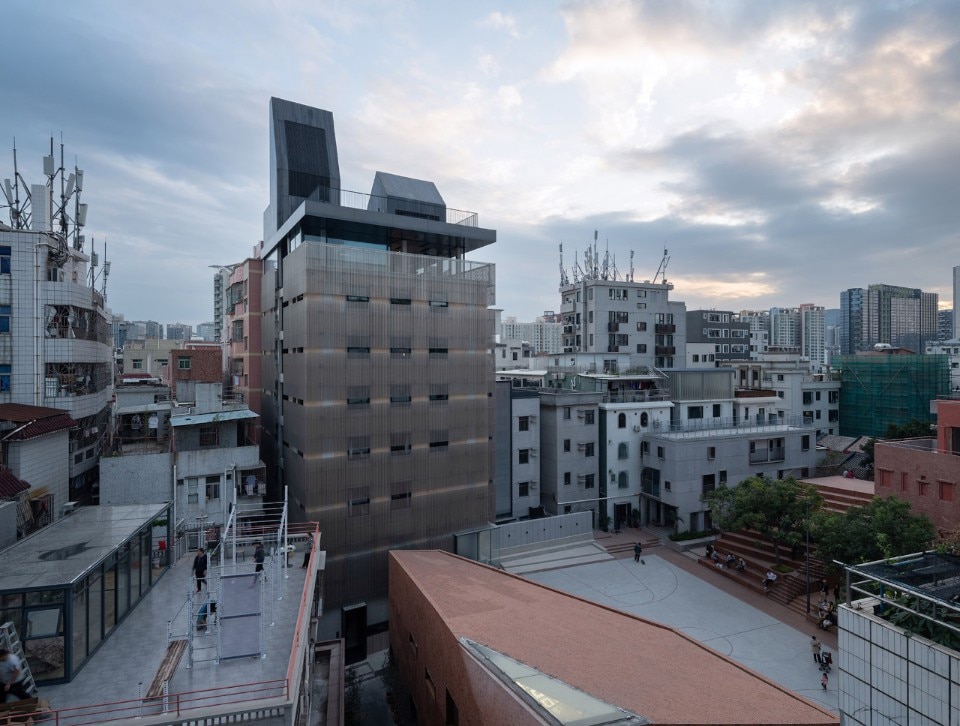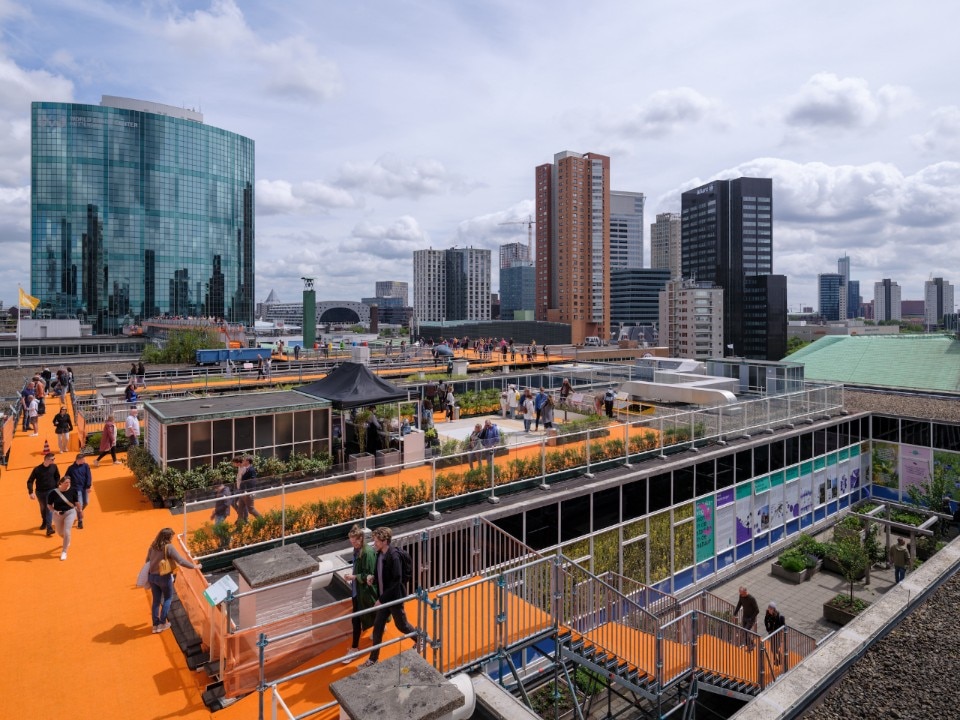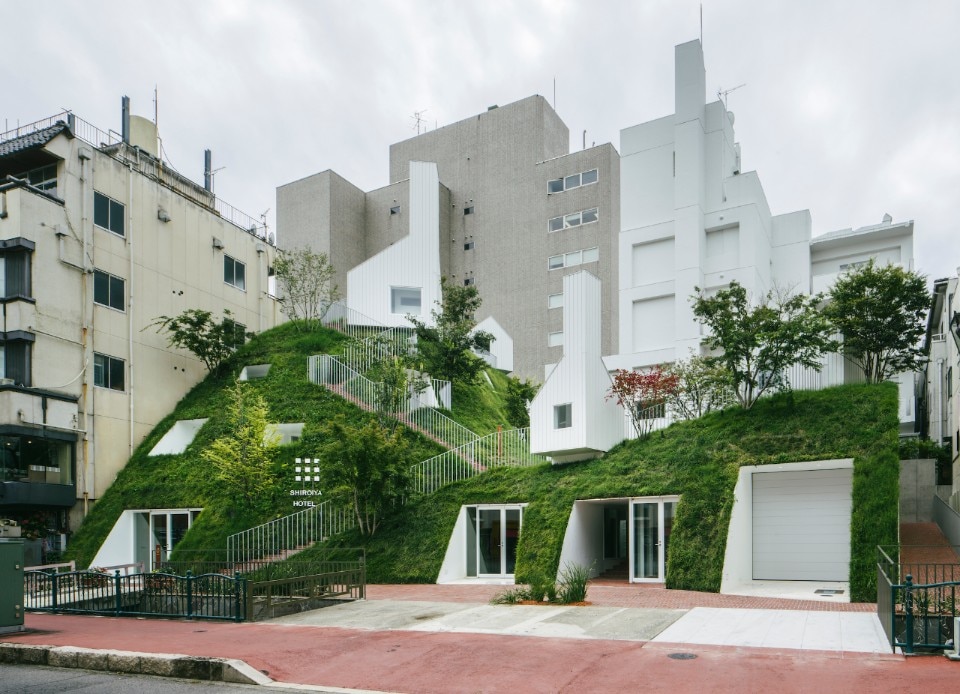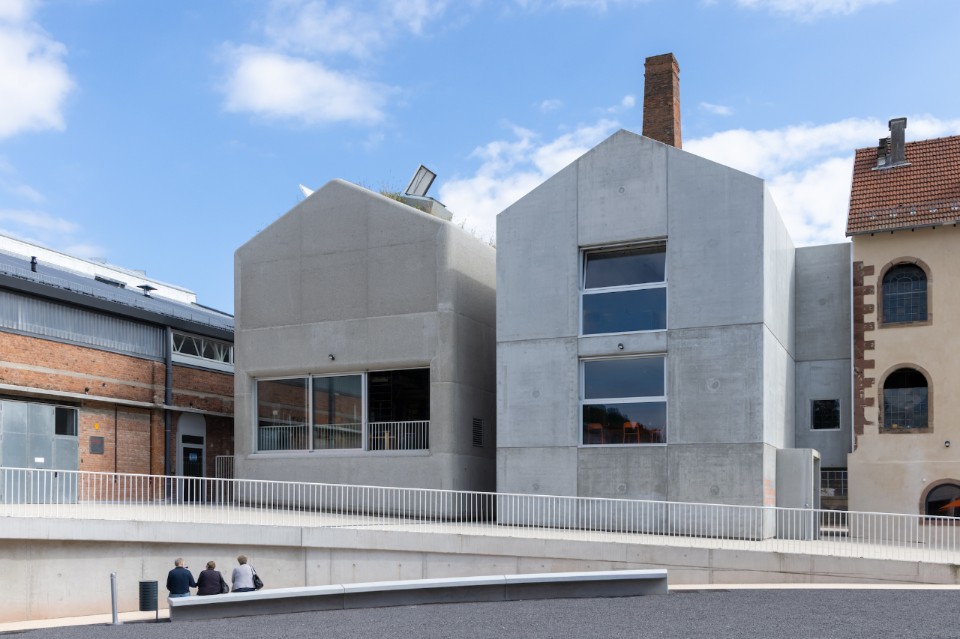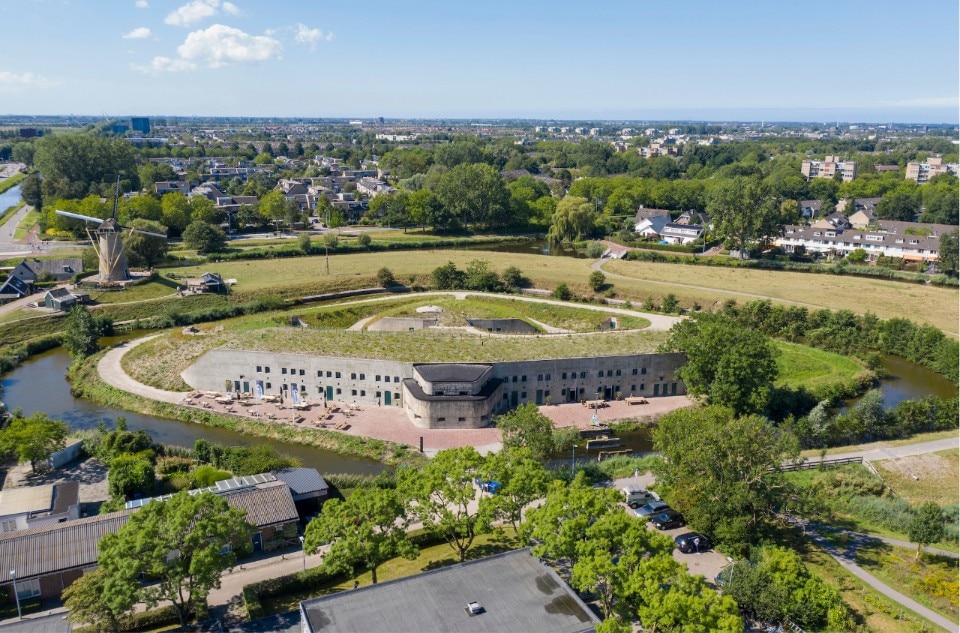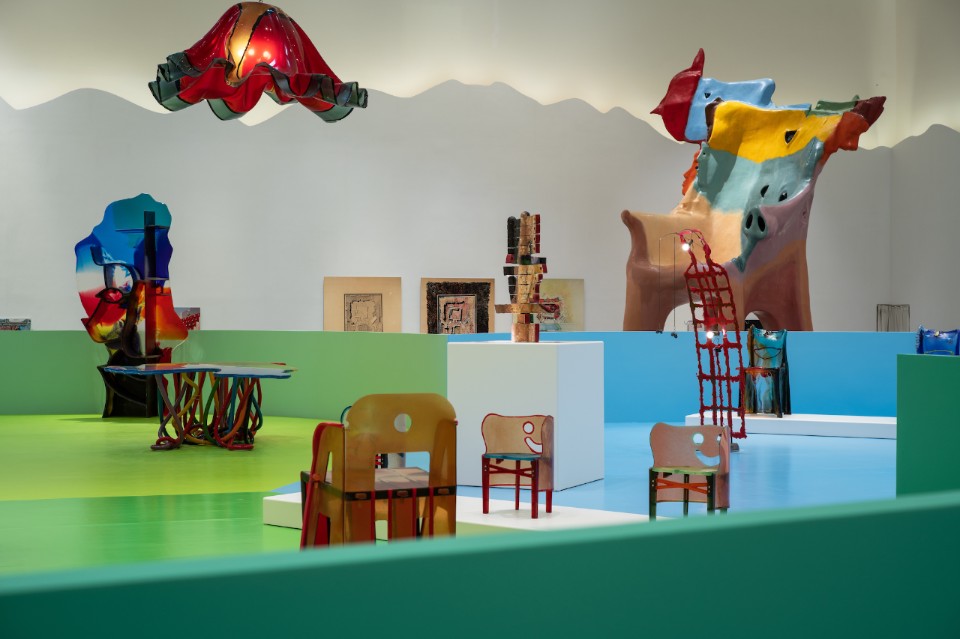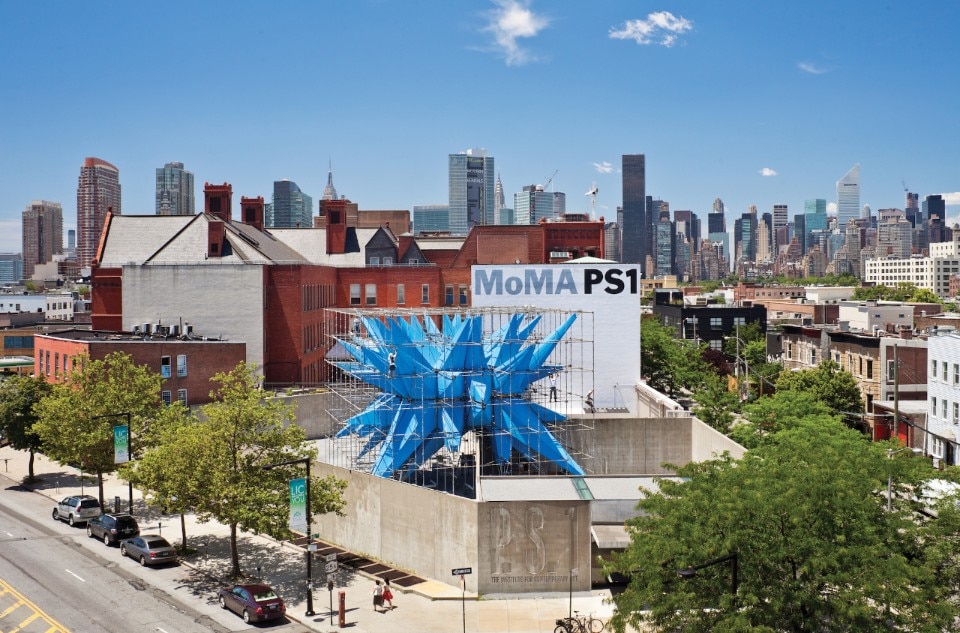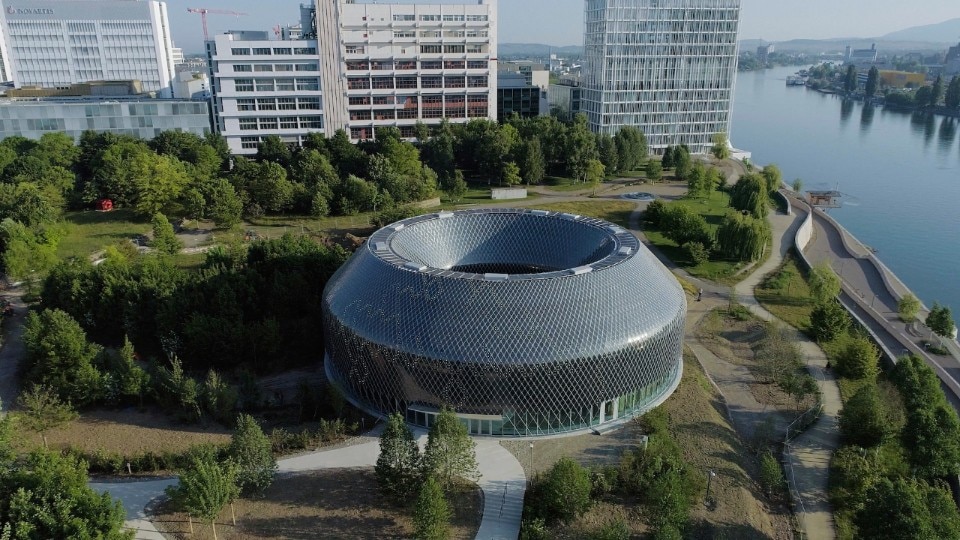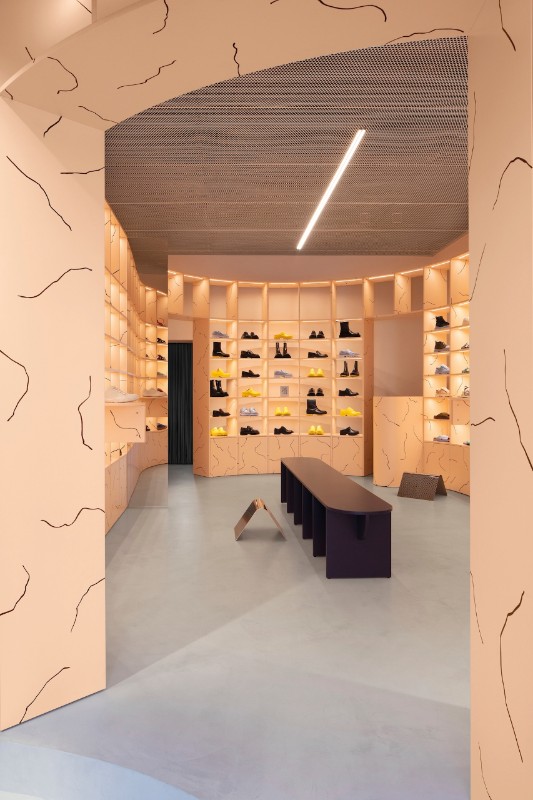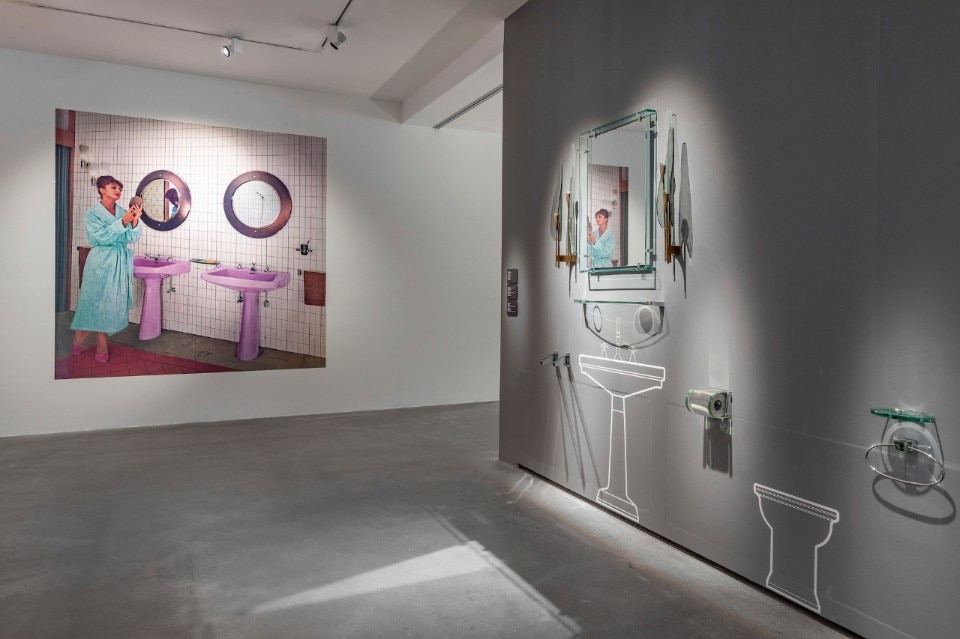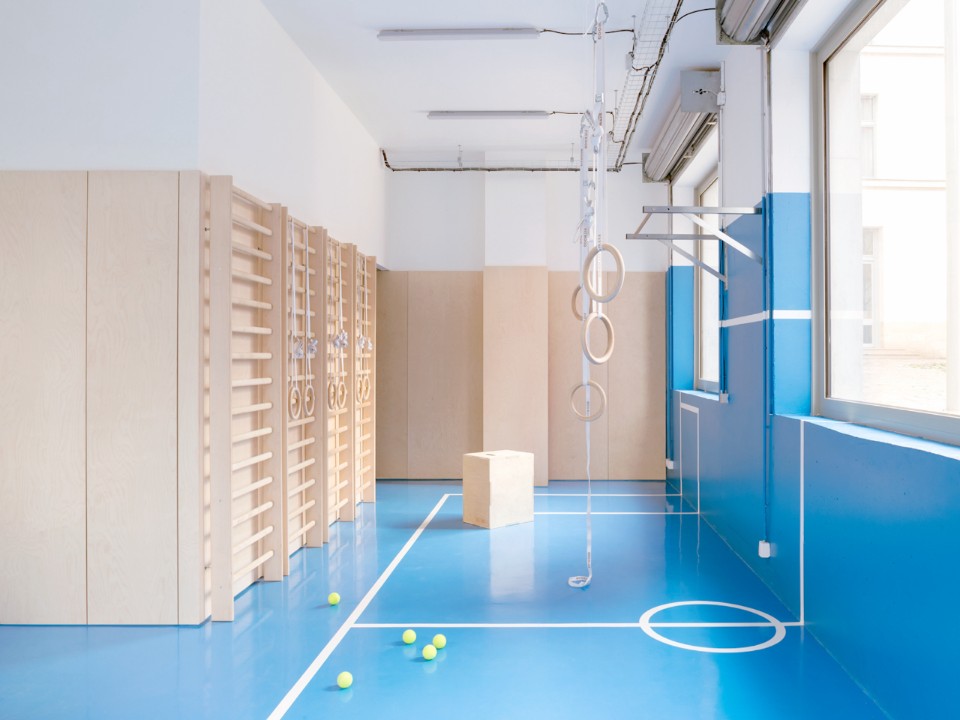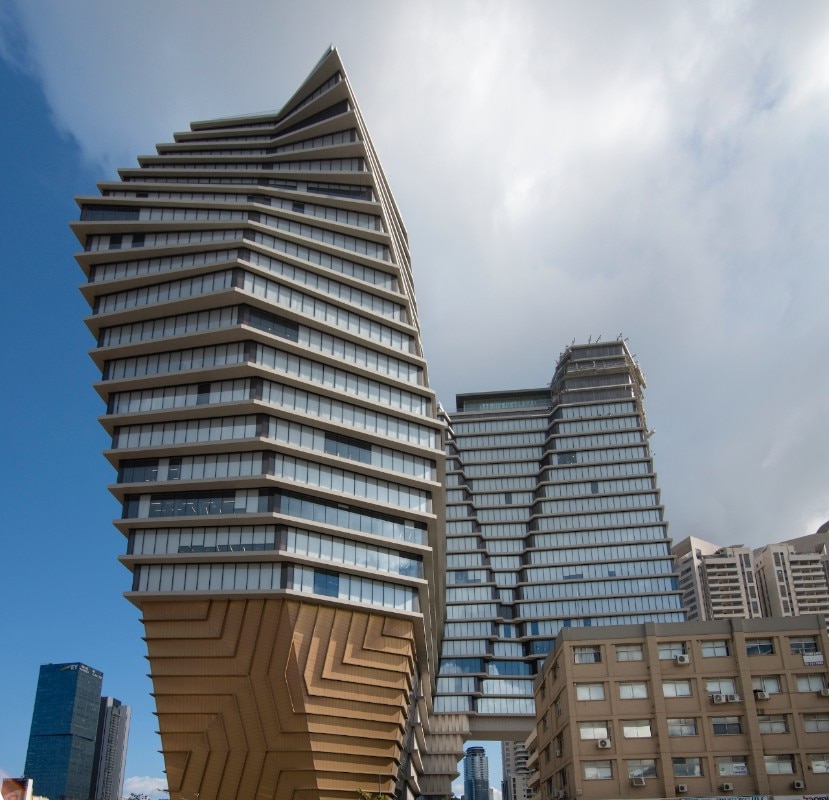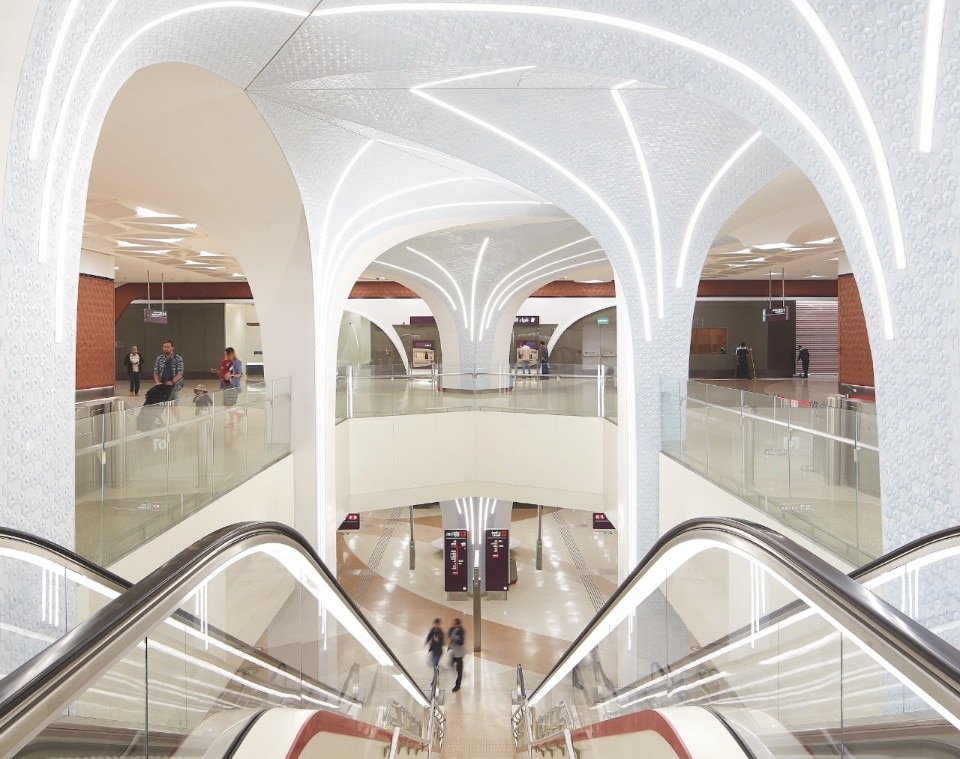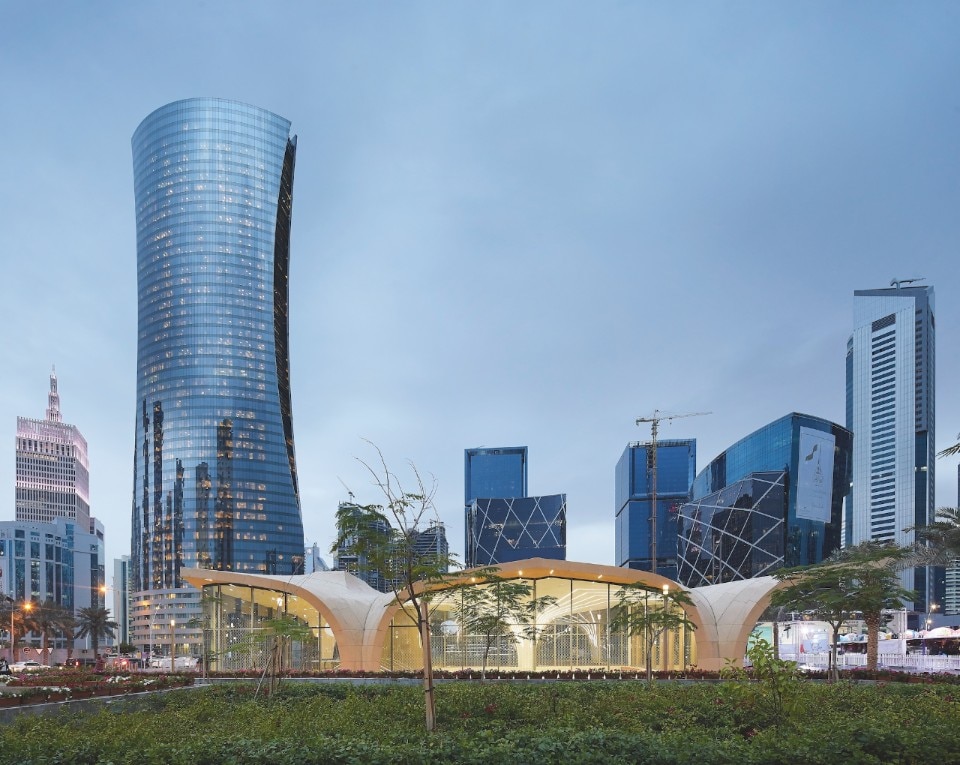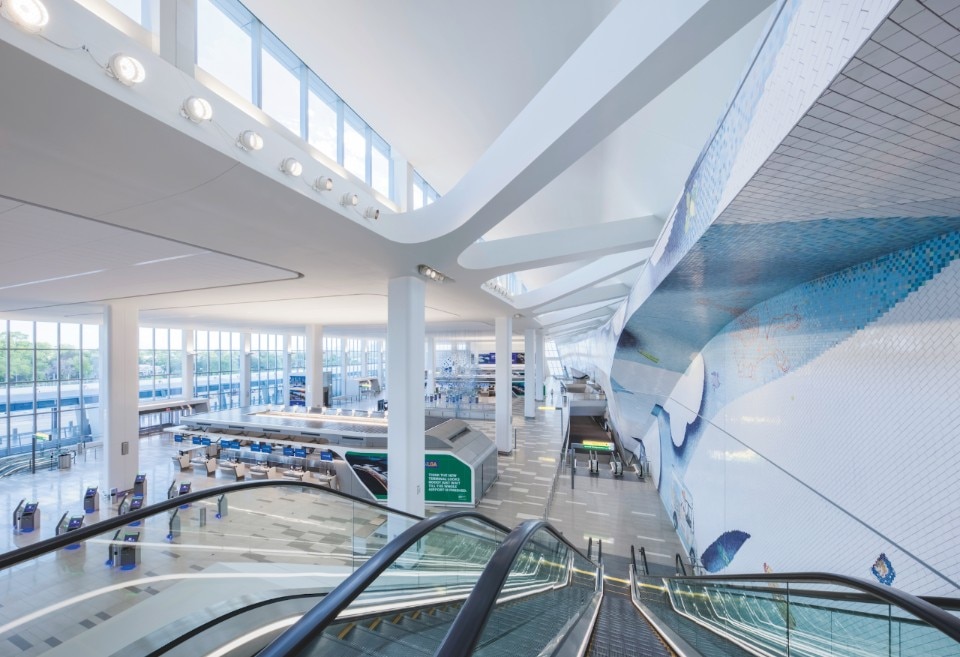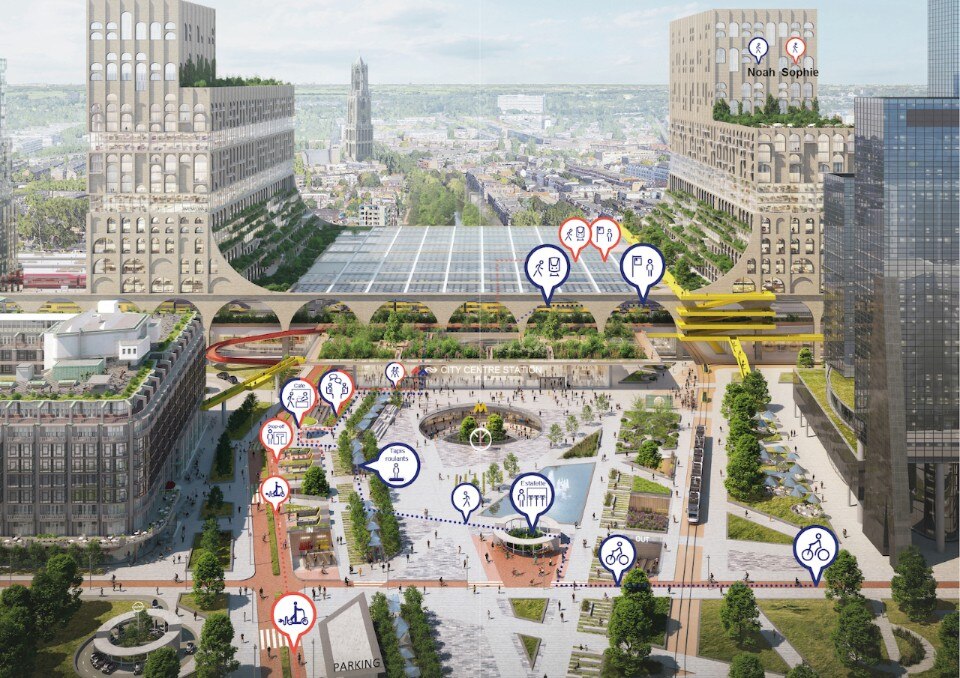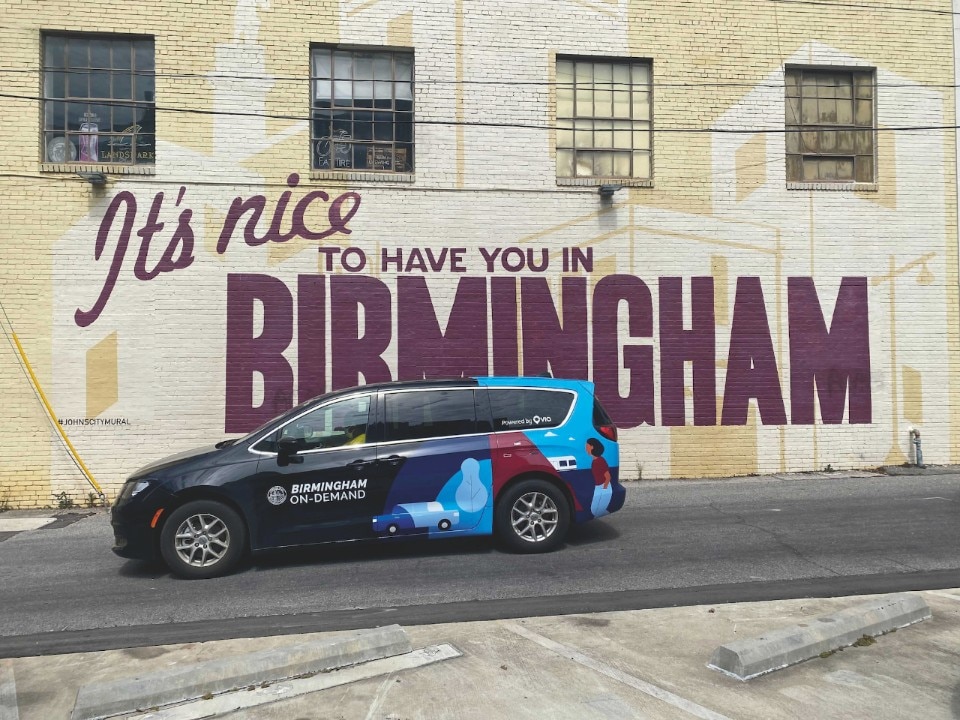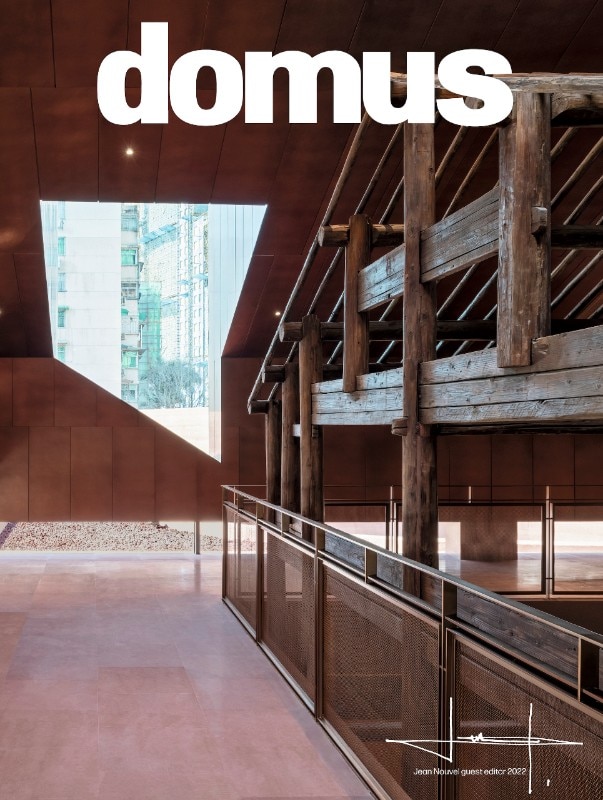The July-August issue of Domus 1070 focuses on whether or not contemporary architecture can change the past. Guest Editor 2022 Jean Nouvel, in his editorial, talks about a new trend for architecture: prolonging the life of buildings by interweaving the existing with new inventions, such as Viollet-le-Duc. “Will architecture seize these opportunities for osmosis to prove that it is still capable of surprising, inventing, and accommodating period testimonies?”
This is followed in the Essays by Jorge Otero-Pailos, lecturer and director of the Historic Preservation course at Columbia University’s GSAPP, who critiques the need to think about architectural design also through the life cycle of its components: a way of creating meaning by relocating materials through space and time. Following this, architect Laura Fregolent reflects on the pressure exerted by tourism on Venice and the main Italian and European historical centers, which has heavy implications on the physical and social fabric of cities.
The first part of the Architecture section is dedicated to the work of Neri&Hu. The Shanghai studio reveals great mastery in working with proportions, surfaces, textures and details, eschewing the rhetoric of form. Their projects include The Waterhouse at South Bund, in Shanghai, reuse of a former military building used by the Japanese army in the 1930s. Fuzhou Teahouse follows this, a tea house imagined as a building resting on a rock. The Chuan Malt Whisky Distillery 30, in Shenzhen, on the other hand, is a project for a distillery for the first whisky produced in China by Pernod Ricard. Closing the sequence is Nantou City Guesthouse 28, an 11-room guesthouse in the city of Nantou.
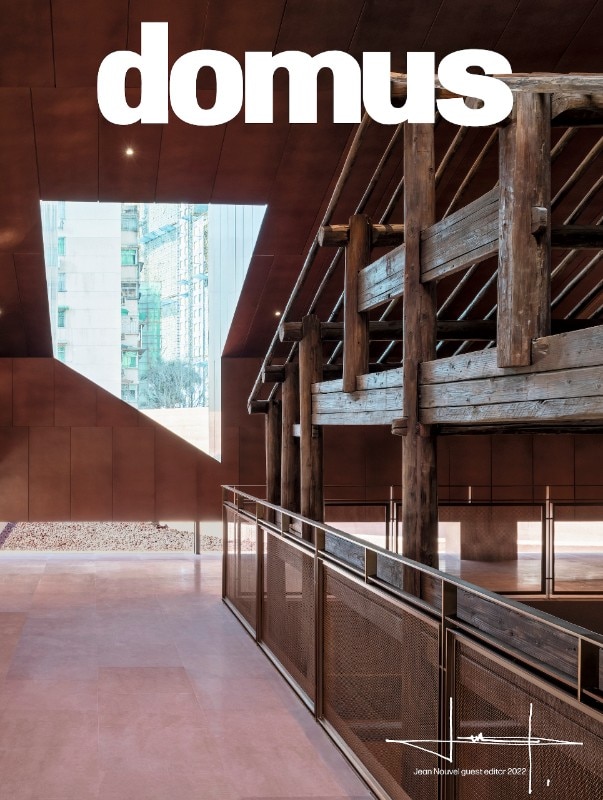
The section continues with the Rotterdam Rooftop Walk project by MVRDV in Rotterdam. Realized for Rotterdam Architecture Month, the suspended walk draws attention to urban rooftops and their potential as public spaces. On the other hand, the Shiroiya Hotel by Sou Fujimoto Architects is part of the redevelopment of the city center, the project aims to renovate and expand the existing hotel. SO-IL and Freaks Architecture present a large undulating surface of cast-in-place concrete incorporating three buildings of an old disused glass factory. Finally, Serge Schoemaker tells us about the renovation of a military fort near the Dutch town of Hoofddorp.
The Design pages focus on the work of Italian designer Gaetano Pesce. Design historian and critic Anty Pansera writes how, as a true pioneer, Pesce turned to design as an art form that was always attentive to social issues. Recounting his approach is a major solo exhibition dedicated to his work, which has toured China’s major museums.
The issue closes with a final reflection by journalist, former art editor and Le Monde theatre critic Olivier Schmitt. In his paper, he analyses the chain of command that governs construction everywhere, then states that “the buildings of tomorrow must also belong to all of us: to those who are sensitive to the beautiful, the just, the useful, the durable.”
This month’s Diario, pages dedicated to current affairs, is opened by the Points of View section, where editor Jane Withers and engineer Lydia Kallipoliti discuss the alternative visions that design is generating to cope with climate change. Michele De Lucchi’s new Novartis Pavilion follows: a metal shell clad with 10,000 organic photovoltaic cells. The Piovenefabi studio designs the new Camper showroom in Rome full of references, there is a bit of Sottsass, Archizoom and David Hockney, and then there is the baroque architecture of the nearby Piazza di Spagna. Andrea Bajani tells us about the flat where he wrote his novel Ogni promessa (Every promise), written in a borrowed house overlooking the sea becomes the “beacon for a writing in a storm”. Finally, publishing director Walter Mariotti talks to Mike Meiré, co-founder of the cultural production company Neo Noto to promote collaboration between artists and companies.
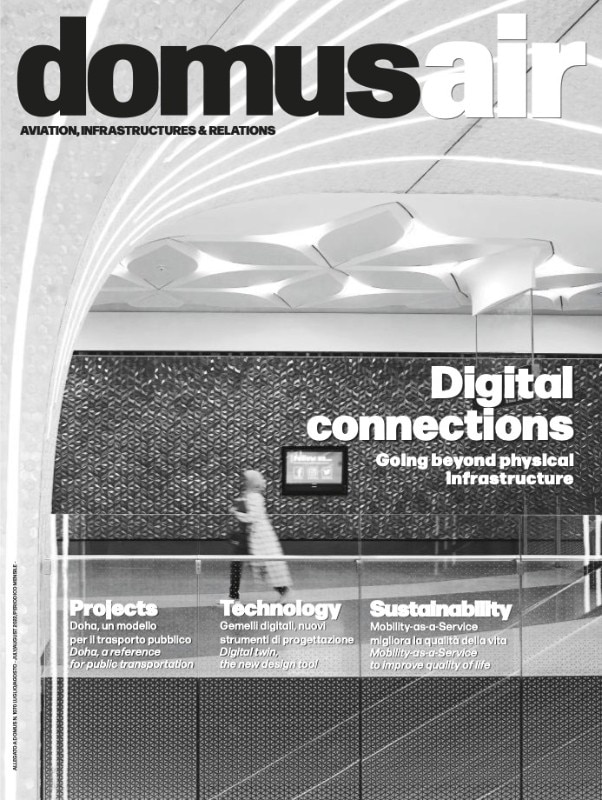
Attached to this double issue is the fifth issue of DomusAir, a special issue devoted entirely to transport and connections in the post-covid era. The focus of the issue is “Digital Connections. Moving beyond the physical infrastructure” and is divided into five sections: Hot Tips, topics, ideas and people at the forefront of the field of transport and aviation; Projects, the ongoing projects of stations, airports and bridges around the world; Technology, or digital innovation as a driver of change, including drones and hydrogen-powered trains; Sustainability, on the global impact of interconnections; and finally Take Off, an essay by Giulio De Carli on the construction of the infrastructure of the future.


